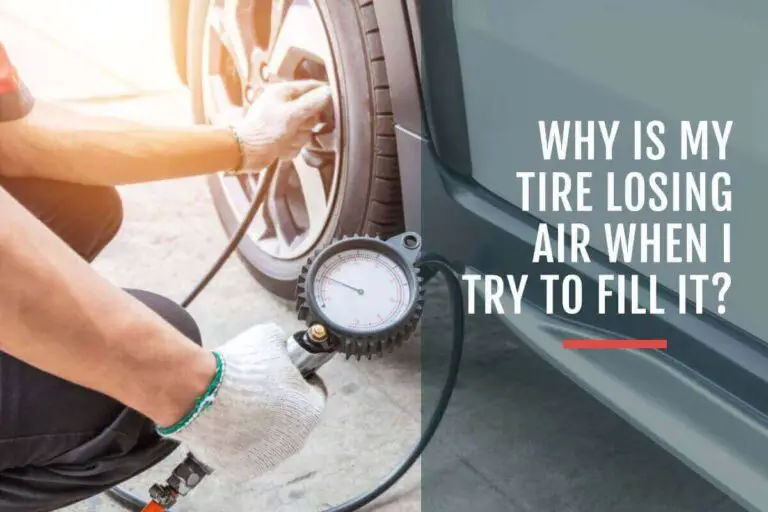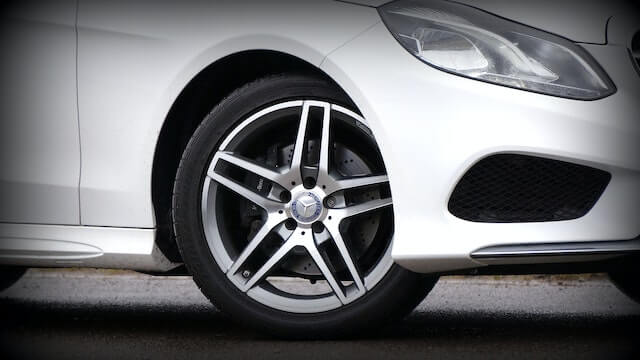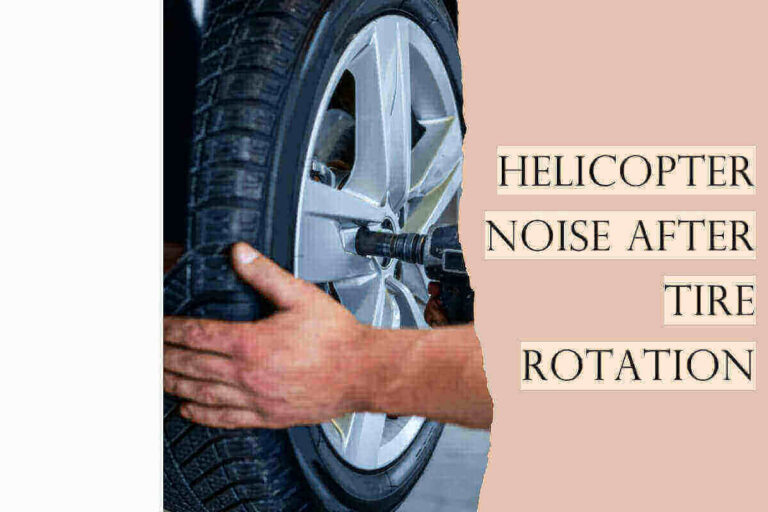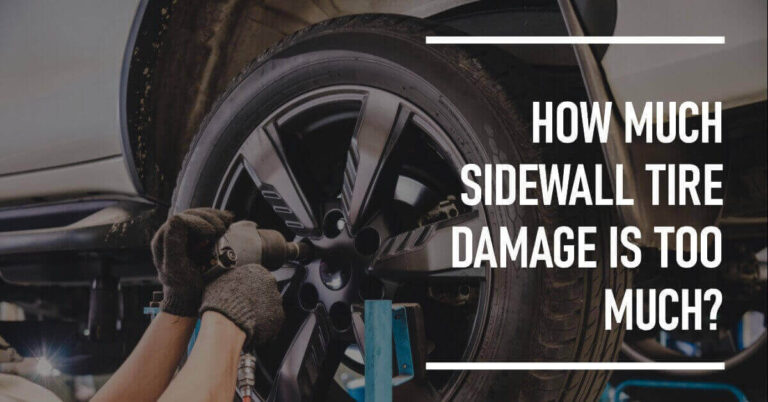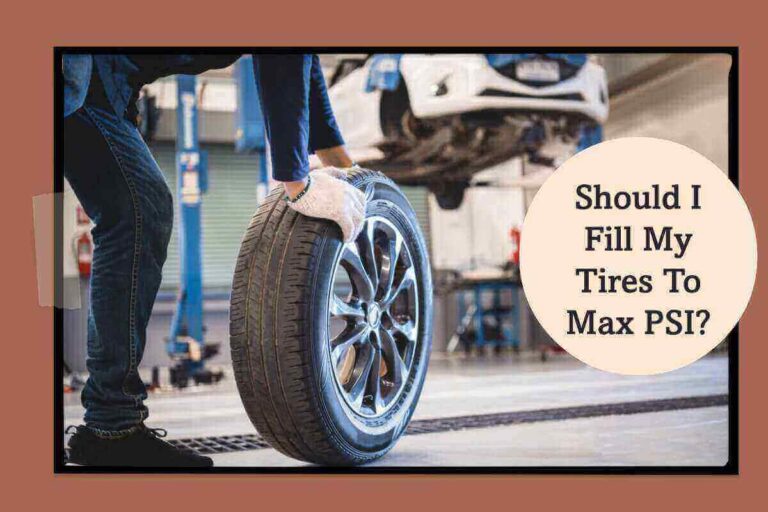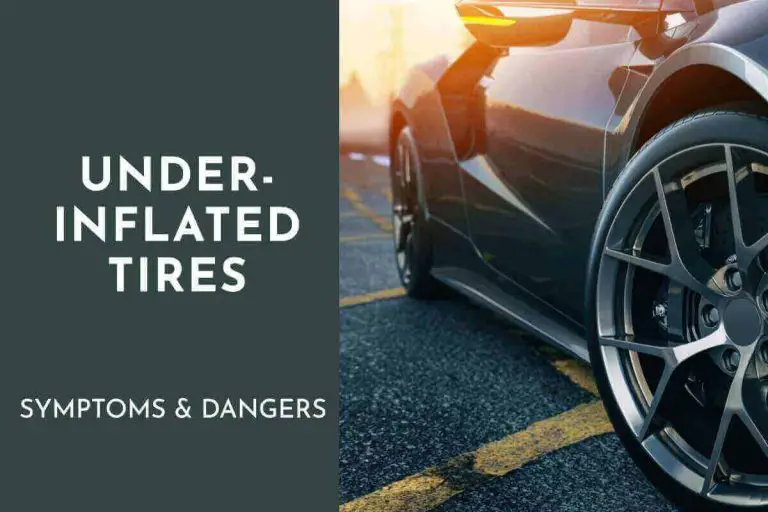Have you always been confused about the recommended figure of your vehicle’s tire pressure? Want to know if it has to be exactly what they’ve mentioned? We have the answer to all of your questions. Tire pressure is indeed one of the most important aspects of car maintenance and needs to be handled carefully.
However, that doesn’t mean there are many reservations about the figure provided by the manufacturer. There are a lot of things you have to know about tire pressure and the figure needs to be exact is only one of them. Hopefully, this article will provide you with many insightful details regarding tire pressure and its numerous queries.
What is the common tire pressure recommended by manufacturers?
Every car has a different tire pressure recommended by the manufacturers according to its fuel efficiency and more. The appropriate tire pressure is determined by various tests and calculations that ensure a safe and adequate number decided for tire pressure.
For newer cars, the details regarding the tire pressure and engine are found on a sticker pasted on the door of the car. If it’s not there then it can probably be found in the vehicle’s manual.
Details and important information like that are usually found in the manual. Standard tire pressure is considered to be at 32-40 PSI when it is cold. Be sure to check your tire pressure after a few hours of using it or right in the early morning.
How to check the tire pressure of a car?
Regular tire pressure checks are one of the most important aspects of car maintenance that you should do for your vehicle. It ensures that your vehicle is safe to drive, keeping your tires in perfect condition to be used for an extended period of time. There are a few steps you need to take to check the tire pressure after finding out the recommended tire pressure of your vehicle:
1.Doing these things require you certain tools. For checking the tire pressure, one must have a tire pressure gauge. In the market, there are two types of gauges; Analog and Digital. The analog gauge has a dial that displays the pressure reading while the digital gauge shows a digital display. It’s up to you which one you want to use for this purpose.
2. Next, you’ll have to unscrew the valve cap from the tire valve stem. This is the part where the tire allows air to be filled or taken out of the tire. Press the gauge hard into the stem until the hissing sound coming out of the tire disappears.
3. This would make the air coming out of the tire travel right into the gauge and provide you with the reading. Compare the reading with the recommended tire pressure and adjust the air pressure accordingly.
4. If the tire pressure is too low, add more air to the tire and if the tire pressure is too high you’ll have to release some of the pressure. For this, you’ll have to use an air compressor. To add air to hot tires, inflate them 3 to 4 psi more than the recommended pressure and recheck the pressure with a gauge once the tires have cooled down. It is acceptable to slightly overinflate the tires during the filling process, as any excess air can be released using the gauge.
5. Once you’ve added more air, be sure to check the tire pressure again. If you find the tires to be over-inflated, release the air a bit to keep them at their recommended pressure.
Why do tires have different pressures?
There isn’t an exact answer for that as there are several factors that determine the pressure of the tires. It is decided by the manufacturer on the basis of the weight of the vehicle, and the number of passengers and is also dependent on the purpose of using the vehicle.
For example, if you have a large SUV that carries heavy loads along with cargo, it would need a high tire pressure than a small SUV designed just for passengers.
The size and construction of the tire also play a role in determining the recommended pressure. Tires that are larger in diameter or have a higher load-carrying capacity may require a higher pressure to maintain their shape and provide adequate support for the vehicle.
Additionally, the intended use of the tire can also impact the recommended pressure. Tires that are designed for high-performance driving or off-road use may require a higher pressure to provide the necessary grip and stability.
Does tire pressure need to be exact?
Yes, tire pressure is an important factor that affects the performance, handling, and safety of a vehicle, and it is essential to maintain the recommended tire pressure as specified by the vehicle manufacturer. However, the tire pressure does not need to be exact to the last decimal point.
When the manufacturers recommend a certain tire pressure, it isn’t an exact number but a range. For Example, the manufacturer may recommend a tire pressure of 30-35 PSI. Now there’s a leeway provided with this certain range. You do have the margin to add 32 PSI to your tire. This would definitely come in the recommended range and would be acceptable to be used.
The recommended tire pressure is only present to avoid overinflation or underinflation of the tires. Overinflation can cause the tires to be too hard, which can result in a harsh ride, reduced traction, and increased wear in the center of the tread.
Underinflation, on the other hand, can cause the tires to be too soft, which can result in poor handling, reduced fuel efficiency, and increased wear on the outer edges of the tread.
FAQs
Does my tire pressure need to be exact?
Yes, it is important to maintain the recommended tire pressure range specified by the vehicle manufacturer to ensure optimal performance, handling, and safety of the vehicle.
Can tire pressure be uneven?
Yes, tire pressure can be uneven if one tire has a different pressure than the others. This can result in handling issues and uneven wear on the tires.
Should all four tires have the same PSI?
Yes, all four tires should have the same recommended pressure specified by the vehicle manufacturer to ensure consistent handling, traction, and wear on the tires.
Conclusion
Tire pressure is considered one of the most important aspects of car maintenance and should be looked into carefully. Since your safety and security is depended on the tire pressure, you must handle it with care to maximize fuel efficiency and safety. We hope that this article would be a huge help in providing you with solid details regarding tire pressure so you know everything about it.


